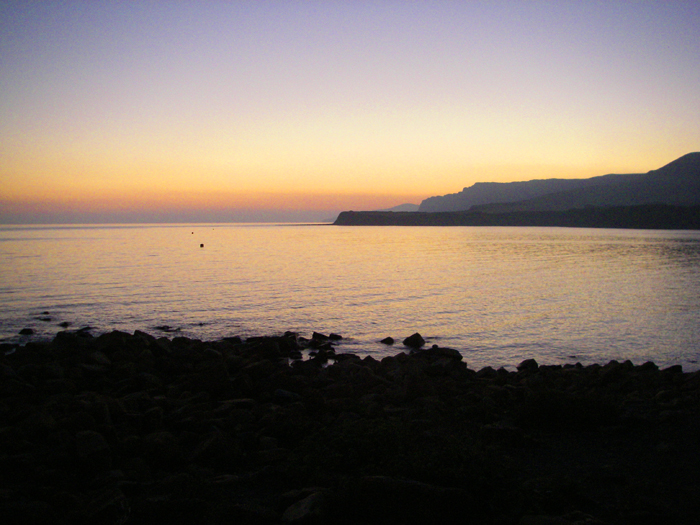

Catch Fish with
Mike Ladle
Information Page
SEA FISHING
For anyone unfamiliar with the site always check the FRESHWATER, SALTWATER and TACK-TICS pages. The Saltwater page now extends back as a record of over several years of (mostly) sea fishing and may be a useful guide as to when to fish. The Freshwater stuff is also up to date now. I keep adding to both. These pages are effectively my diary and the latest will usually be about fishing in the previous day or two. As you see I also add the odd piece from my friends and correspondents if I've not been doing much. The Tactics pages which are chiefly 'how I do it' plus a bit of science are also updated regularly and (I think) worth a read (the earlier ones are mostly tackle and 'how to do it' stuff).
SWFF.
I'm certainly no purist when it comes to my fishing. Livebaits, deadbaits, spoons, plugs, soft plastics, flies - you name it I use it. However I do enjoy a spot of fly fishing. For me it's nothing to do with the artistry of casting or indeed with the minutiae of tying my own flies to deceive the fish, although I'm quite sure that many people do find satisfaction in these activities. No, catching plenty of decent fish and playing them on the fly rod is where my enjoyment lies.
Over the past few days I've had three saltwater fly fishing sessions one in the early morning and two in the evenings. They were very different sorts of fishing. In the first instance I was simply trying to catch pollack, mackerel and (it would have been nice) bass, by working a small delta eel in flat calm conditions as dawn broke. As usual it was dead for a few minutes until the pollack 'woke up' and began to bite. For perhaps ten minutes they went mad, hammering the little fly time and again and after they were hooked, plunging powerfully down towards the kelp. There is nothing to get hung up once a streamlined fish has attached itself to the 'fly' so it's generally only a matter of time before the fish is extracted from the weed bed and drawn splashing onto the surface ready to be slid ashore and unhooked.
The strikes of pollack are generally easy to recognise as a bronze/gold shape curves away at the end of its attack. Then a few knocks from 'invisible' predators signal that the mackerel have arrived. They are invisible simply because they only present their amazingly camouflaged dark coloured backs as they race horizontally after the fly to seize it from behind. It's not until the line tightens and the reel begins to scream that you know a mackerel has taken the lure. After a hectic half-hour or so the first tiny blue spotted pollack hooked itself and then a few more casts with a repeat of the same was the signal to make my way home for breakfast. Exhilarating fishing!
My evening trips were much more focussed. The idea was simply to catch mullet on the 'maggot fly'. On the first occasion the tide was a bit smaller than we would have liked. My friend Nigel and I, along with another pal David, walked a mile or so along the rocky shore searching for piles of maggoty weed. We were all armed with spinning rods and fly rods on a 'be prepared' basis. The sea was more or less flat calm and very clear with no sign of fish so when we eventually found a decent weed pile we stopped. It didn't look as though the high tide would be big enough to wash maggots into the sea so we began to heave piles of the rather stinky stuff into the sea. The idea is not just to 'groundbait' directly but to expose the front edge of the weed to the incoming water.
For a while nothing happened and then we noticed a group of feeding fish a bit further along the shore (following our 'maggot slick' uptide). We picked up the fly rods ready for action. I was trying something a little different to my usual approach. For years I have been seeking what I call the Holy Grail of mullet fishing. Normally these crafty fish only fall for a bunch of lively wriggling maggots buoyed up by a floating maggot fly but I have been hoping to tempt them with a maggotless version. The one I tried had been tied for me by my good pal Alan Bulmer who lives in New Zealand (yes New Zealand - it's a hell of a long way to send a few mullet flies).
Alan's fly looked very much like a bunch of maggots on a size twelve dry fly hook. It floated well and I was quite hopeful. Needless to say, although there were plenty of feeding mullet the sport wasn't hectic. In fact my pals, using conventional baited maggot flies, struggled to get a bite. I was lucky and hooked two fish in the course of the evening. The first mullet I played for a good ten minutes before it eventually freed itself from the hook. "Bother!" I said and began to cast again. It was a little while before once more the fly line shot forward and I struck to find myself into another mullet. typically it fought like a tiger. This time it stayed attached and after some time I managed to slide it ashore to have a few pictures taken before it was returned to the sea. The fish was perhaps three pounds and beautifullty hooked in the scissors. In fact I had some trouble extracting the tiny hook. After that we caught nothing else.
The following evening we were all there again. The tide, of course, was an hour later and the sea, although still calm, had a surface chop and an onshore breeze was pushing the maggots into the margin. Once more we had to pitch weed into the water and once more we had a bit of a wait before any mullet turned up. This time I had four bites on my maggotless flies. I hooked two of these and after prolonged struggles landed them both. Again they were beautifully hooked and each weighed roughly three pound. Fantastic fly sport. it's getting towards the end of the season for this now but hopefully there will be two or three more sets of spring tides to tempt the mullet inshore before I put away the fly rod.
If you have any comments or questions about fish, methods, tactics or 'what have you!' get in touch with me by sending an E-MAIL to - docladle@hotmail.com
Pollack.
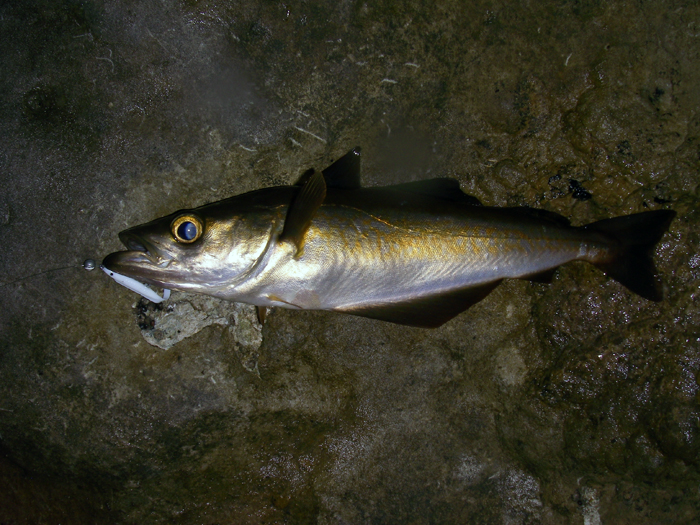
Mackerel.
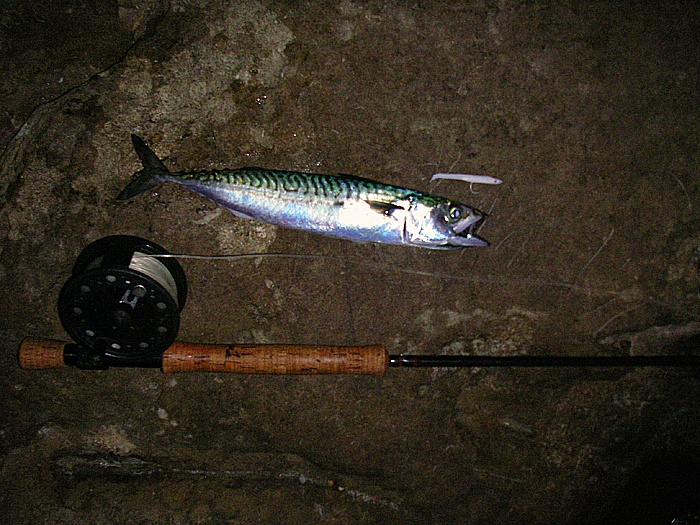
Time to go.
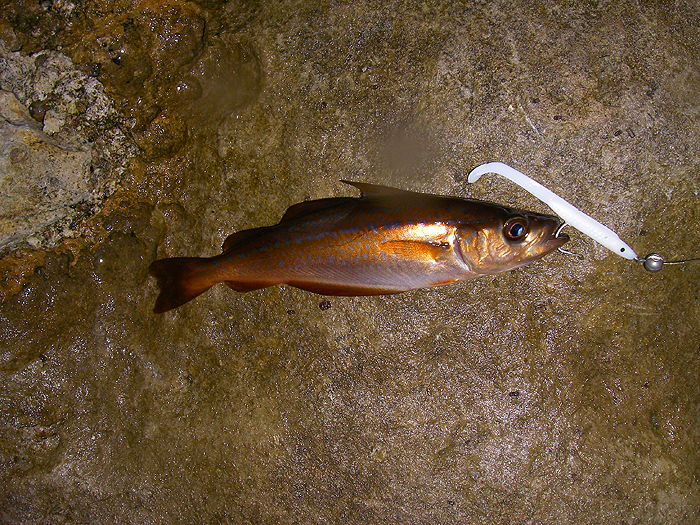
Mulleting.
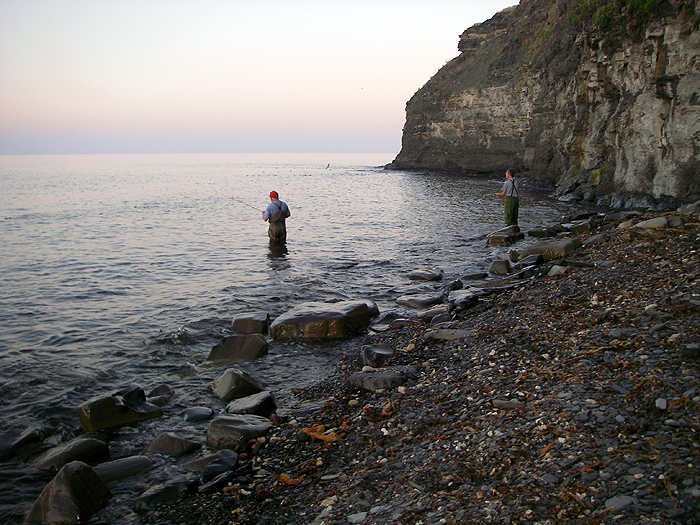
My first mullet.
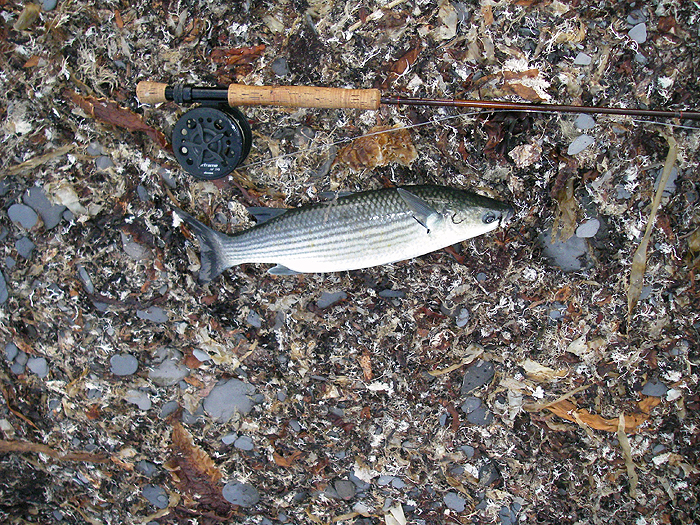
Maggot fly.
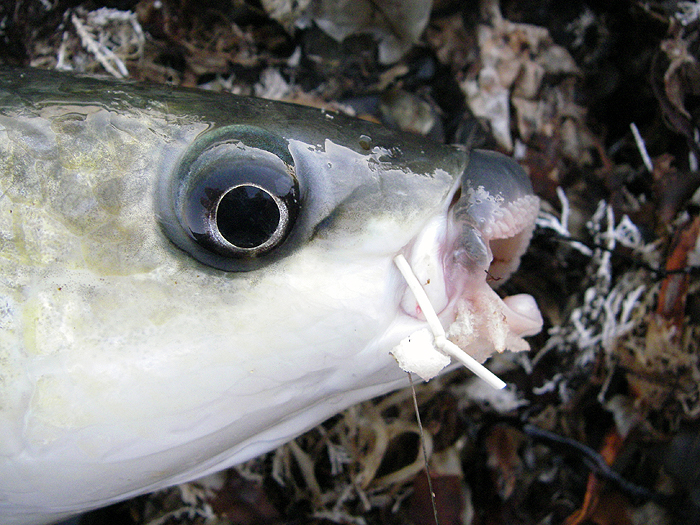
Excellent!
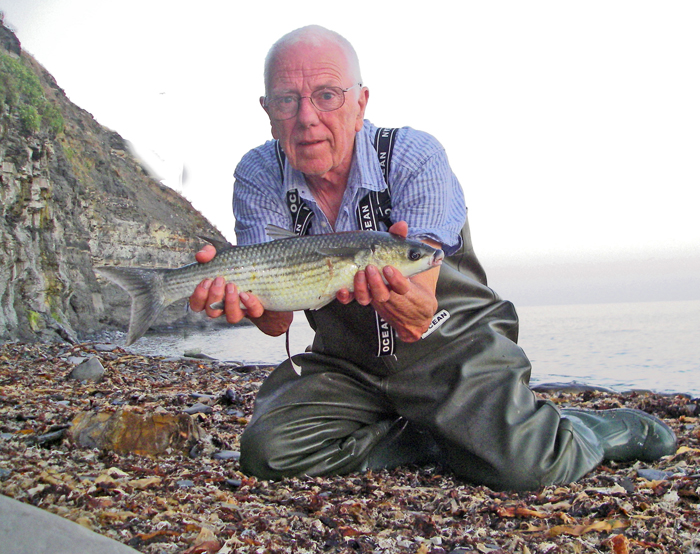
Second evening mullet.
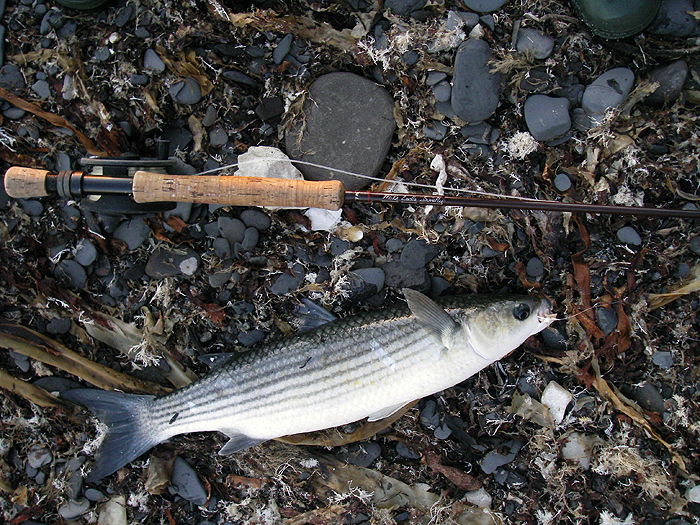
Home time.
